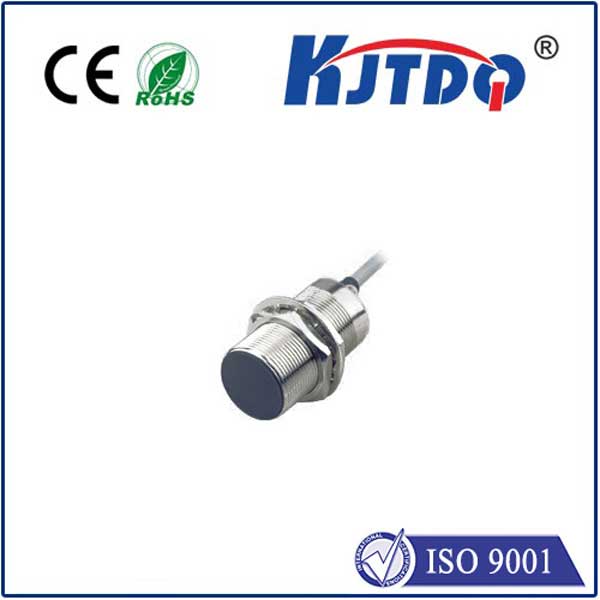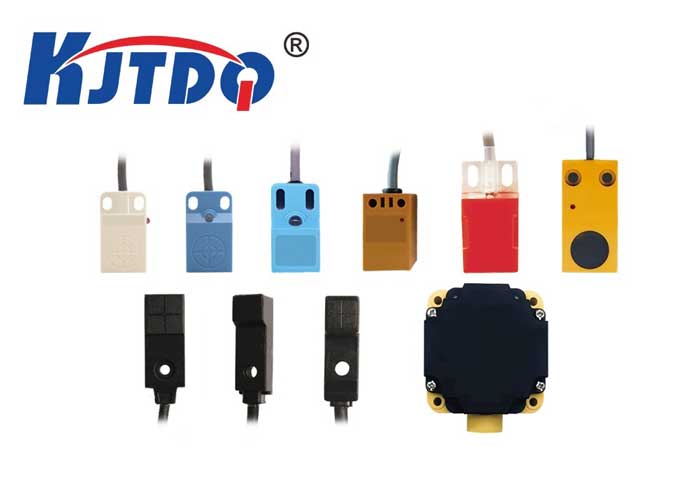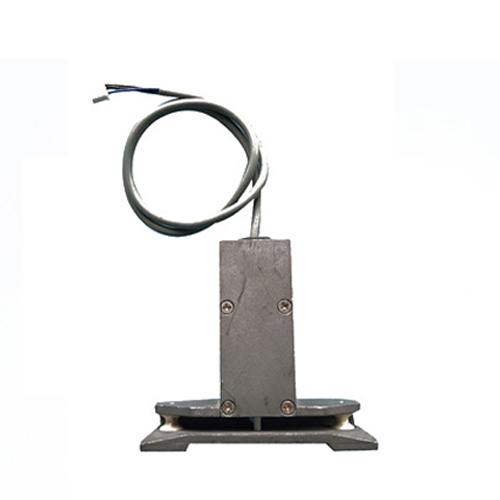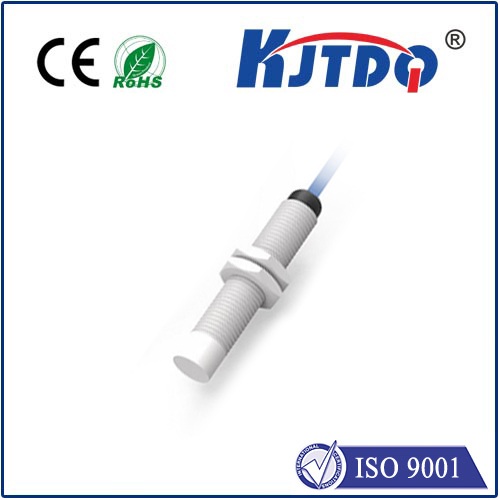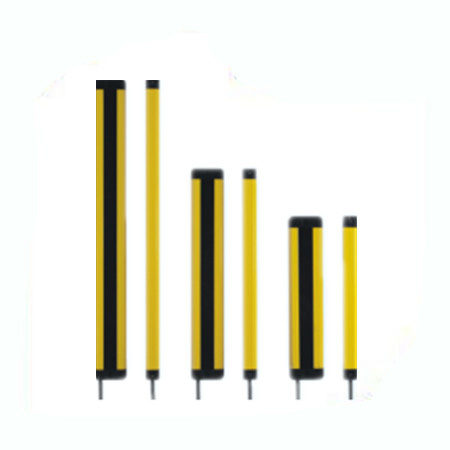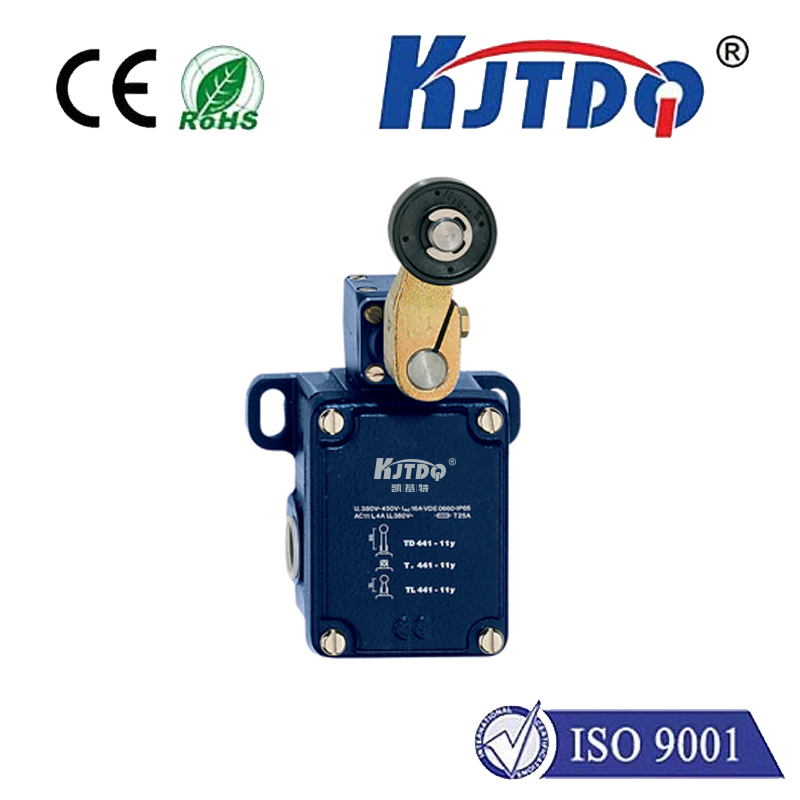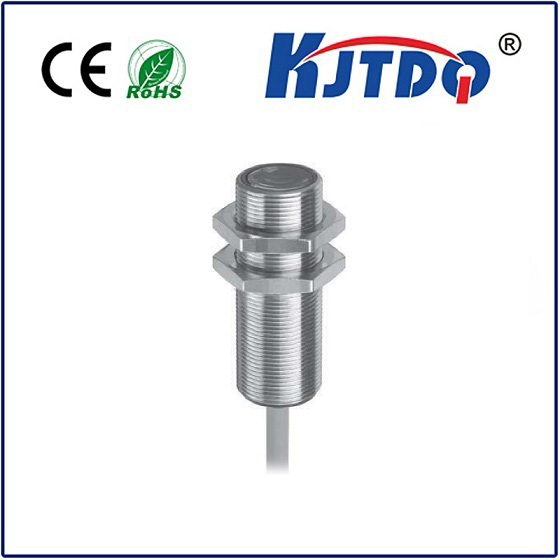

check

check

check

check

check

check

check

check

check

check
Title: Understanding Iec Limit Switches and Their Role in Automation Systems
Iec limit switches are essential components in automation systems, providing a crucial link between the control system and the physical devices. These switches function as sensors that detect the position of a mechanical switch or lever, sending a signal to an output device to open or close a circuit. This article will explore the definition, working principle, and significance of iec limit switches in automation systems.
Definition of Iec Limit Switches
A limit switch is a type of sensor that detects the state of a mechanical switch or lever. It has two contacts – a normally closed (NO) contact and an normally open (NO) contact – that interact with each other when the switch is moved from one position to another. Iec limit switches are similar to traditional limit switches but are designed to meet specific international standards, such as the International Electrotechnical Commission (IEC) guidelines.
Working Principle of Iec Limit Switches
When a limit switch is moved from its initial position to a new position, it changes the state of its contacts. For example, if the switch is in the "open" position when it starts moving, it will eventually reach a point where the NO contact touches the base of the switch, causing an electrical signal to be sent to an output device. The output device can then take the necessary action, such as turning on a motor or opening a valve.
Importance of Iec Limit Switches in Automation Systems
Iec limit switches play a critical role in自动化系统 by providing accurate positioning and control information. They help ensure that machines and equipment are operated within safe operating parameters, preventing accidents and minimizing downtime. Additionally, iec limit switches allow for efficient monitoring and maintenance of automated systems, allowing operators to quickly identify issues before
